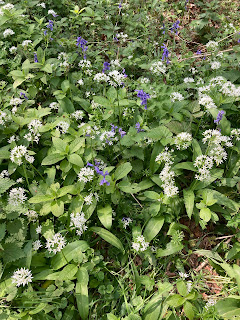The Curlew
I'll start this blog with a quick disclaimer. This blog is about a bird I saw on a recent field trip to RSPB Titchwell, not on the UEA campus. However, it was still a course trip, so I'm going to include it anyway!
Curlews (Numenius arquata) are an emphatic species associated with the wetlands of the UK. In fact, the UK population is particularly important, we host 30% of Europe's population for the winter months, and an estimated 66,000 pairs breed in the summer. The British Trust for Ornithology's Wetland Bird Survey lists The Wash in East Anglia as one of the most important sites for Curlew. Often heard before they are seen, the call of the Curlew is often described as 'bubbling' and can be easily recognised.
Curlews can also be easily recognised by their distinctive curved beak. Their plumage is mottled brown to cream in colour and they have blue legs. They can weigh up to a kilogram and have a wingspan up to a metre across. Curlews can be confused with the Whimbrel, but are distinguished by their longer bill, larger size and plain head patterning (Whimbrels have stripy heads).
They feed on shellfish, worms and small shrimps, and are often seen probing the ground with their beak.
Curlews are ground-nesting birds so are often at risk from predation or disturbance from other animals such as foxes and dogs or from people. This is especially true when they try to breed on farmland. Their preferred breeding grounds are rough grasslands, bogs and moors, but breed in a variety of upland areas. Curlews are in decline, which is believed to have been at least in part caused by the intensification of agriculture destroying much of their breeding habitat. Curlews are now so scarce that they are red-listed in the UK and are classed as Near Threatened on the global IUCN Red List, suggesting that they need urgent conservation action.
All pictures are my own. References / for further reading please see:
Curlew Bird Facts | Numenius Arquata (rspb.org.uk)




Comments
Post a Comment